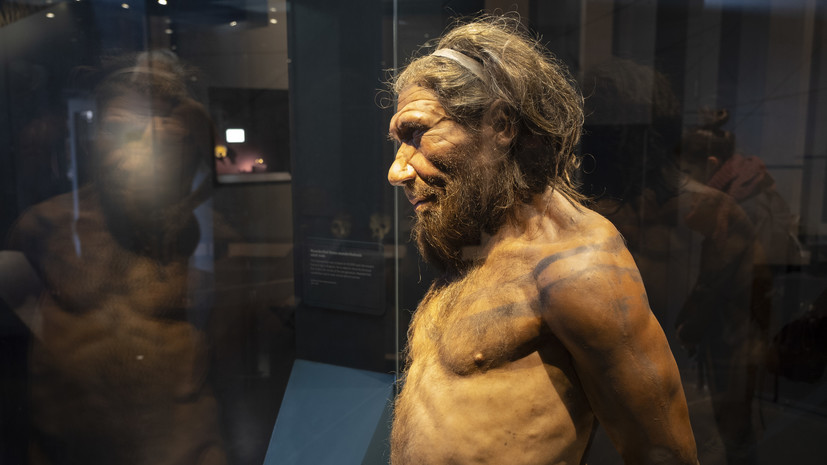Scientists from the Max Planck Institute for Evolutionary Anthropology (Germany) for the first time studied the genome of an entire family of Neanderthals who lived in Altai about 54,000 years ago.
The researchers sequenced the DNA of the remains found in the Chagyrskaya Cave and the neighboring Okladnikov Cave.
Geneticists managed to obtain fragments of bones and teeth of ancient people thanks to the work of scientists from the Institute of Archeology and Ethnography of the Russian Academy of Sciences, who have been excavating in this area for a long time.
Archaeologists have collected about 80 fragments of Neanderthal bones and teeth - this is one of the largest finds of its kind.
German geneticists sequenced the genomes of 13 ancient people, of which eight people died as adults, and five died in childhood or adolescence.
Seven people were male, six were female.
Archaeological excavations in the Chagyrskaya cave
© sib-science.info
Genetic analysis made it possible to establish that all these people were related.
So, scientists identified the remains of a father and his teenage daughter, and also revealed a family relationship between a boy and an adult woman - she was an aunt, grandmother or cousin to the child.
To establish these connections, as well as the fact that all the inhabitants of the cave lived and died at about the same time, was made possible by the analysis of heteroplasmia found in the remains.
Heteroplasmy is a form of mitochondrial DNA mutation that persists for only a few generations.
“The fact that they (members of the Neanderthal family.
-
RT
) lived at the same time is an amazing fact.
This probably means that they came from the same social community.
Thus, for the first time, we can use genetics to study the social organization of the Neanderthal community,” said the main author of the study, Laurits Skov.
Another surprising discovery was the extremely low genetic diversity within this Neanderthal community, corresponding to a group of 10–20 individuals.
This is much smaller than recorded in any ancient or modern society, and in numbers resembles more a group of endangered and endangered species.
However, Neanderthal communities were not completely isolated from each other.
Genetic analysis showed that there was a migration of women between such groups.
Scientists determined this from the mitochondrial DNA of the remains - this part of the genome, passed down the female line, was more diverse than the set of genes on Y chromosomes that are inherited from father to son.
At the same time, Neanderthals did not enter into such contacts with communities of another type of people who lived in Altai - Denisovans.
RIA News
In addition, genetic analysis showed that the Neanderthals who lived in Chagyrskaya Cave and Okladnikov Cave were not descendants of Neanderthals who inhabited Denisova Cave about 120 thousand years ago, but were genetically close to European Neanderthals.
This relationship is also confirmed by archaeological finds: stone tools found in the Chagyrskaya cave most of all resemble artifacts found earlier on the territory of modern Germany.
“Our study provides concrete insight into what a Neanderthal community might have looked like.
Because of this, I see much more human in Neanderthals,” said study co-author Benjamin Peter.
Recall that for the first time partially sequencing the Neanderthal genome was possible in 2010 by the Swedish geneticist Svante Peabo.
In 2022, for this work, the scientist was awarded the Nobel Prize in Physiology or Medicine.

